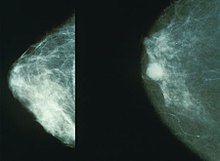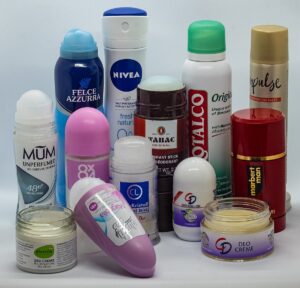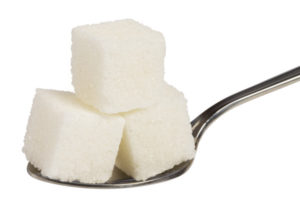
Eczema is on the rise globally. At the same time, industrialization has increased, which has resulted in increases in air pollution (industrial practices generate air pollution). A recent study found an association of air pollution and eczema - the more air pollution rises, the greater the incidence of eczema.
Researchers specifically looked at fine particulate matter of diameter ≤ 2.5μm (PM2.5) throughout the US. They found that individuals with eczema (12,695 persons) lived in areas with significantly higher PM2.5 concentrations than did persons without eczema (274,127 persons). And that the odds of having eczema increased as the fine particulate matter in the air increased.
The researchers point out that several other studies done in different parts of the globe had similar findings.
From Medical Xpress: Air pollution exposure may be associated with eczema, study finds
People living in areas with higher levels of air pollution are more likely to have eczema, according to a new study published November 13, 2024 in the open-access journal PLOS ONE by Dr. Jeffrey Cohen of Yale School of Medicine, U.S. ...continue reading "Eczema Associated With Air Pollution"




 Reduce how much sitting you do each day, by getting off your butt and moving around more. Even if it's just one hour per day. That's what research tells us in how to prevent back pain from worsening in overweight adults.
Reduce how much sitting you do each day, by getting off your butt and moving around more. Even if it's just one hour per day. That's what research tells us in how to prevent back pain from worsening in overweight adults.
 One message keeps being supported by research: Eat a diet rich in fruits, vegetables, seeds, nuts, whole grains, legumes, and olive oil. A reason is because this diet is anti-inflammatory. And it turns out that inflammation is at the root of many diseases, including heart disease. And dementia.
One message keeps being supported by research: Eat a diet rich in fruits, vegetables, seeds, nuts, whole grains, legumes, and olive oil. A reason is because this diet is anti-inflammatory. And it turns out that inflammation is at the root of many diseases, including heart disease. And dementia. A diet rich in a variety of healthy foods (fruits, vegetables, whole grains, seeds, nuts, legumes) is important because of all the micronutrients it provides. For example, magnesium. A recent
A diet rich in a variety of healthy foods (fruits, vegetables, whole grains, seeds, nuts, legumes) is important because of all the micronutrients it provides. For example, magnesium. A recent  The artificial sweetener erythritol is added to many foods. However, this sugar substitute (which is often blended with stevia) may cause health problems . A recent small
The artificial sweetener erythritol is added to many foods. However, this sugar substitute (which is often blended with stevia) may cause health problems . A recent small  A recent
A recent